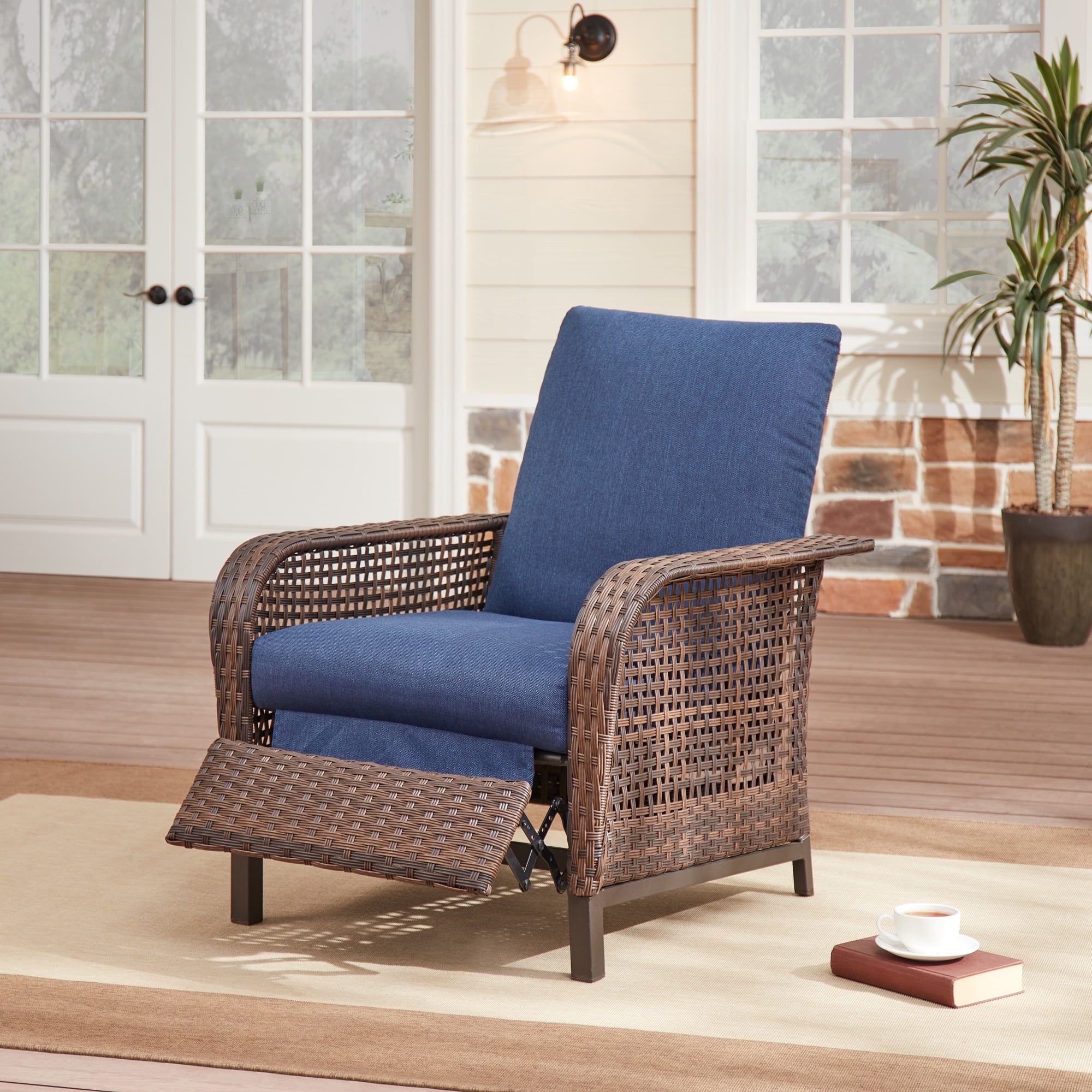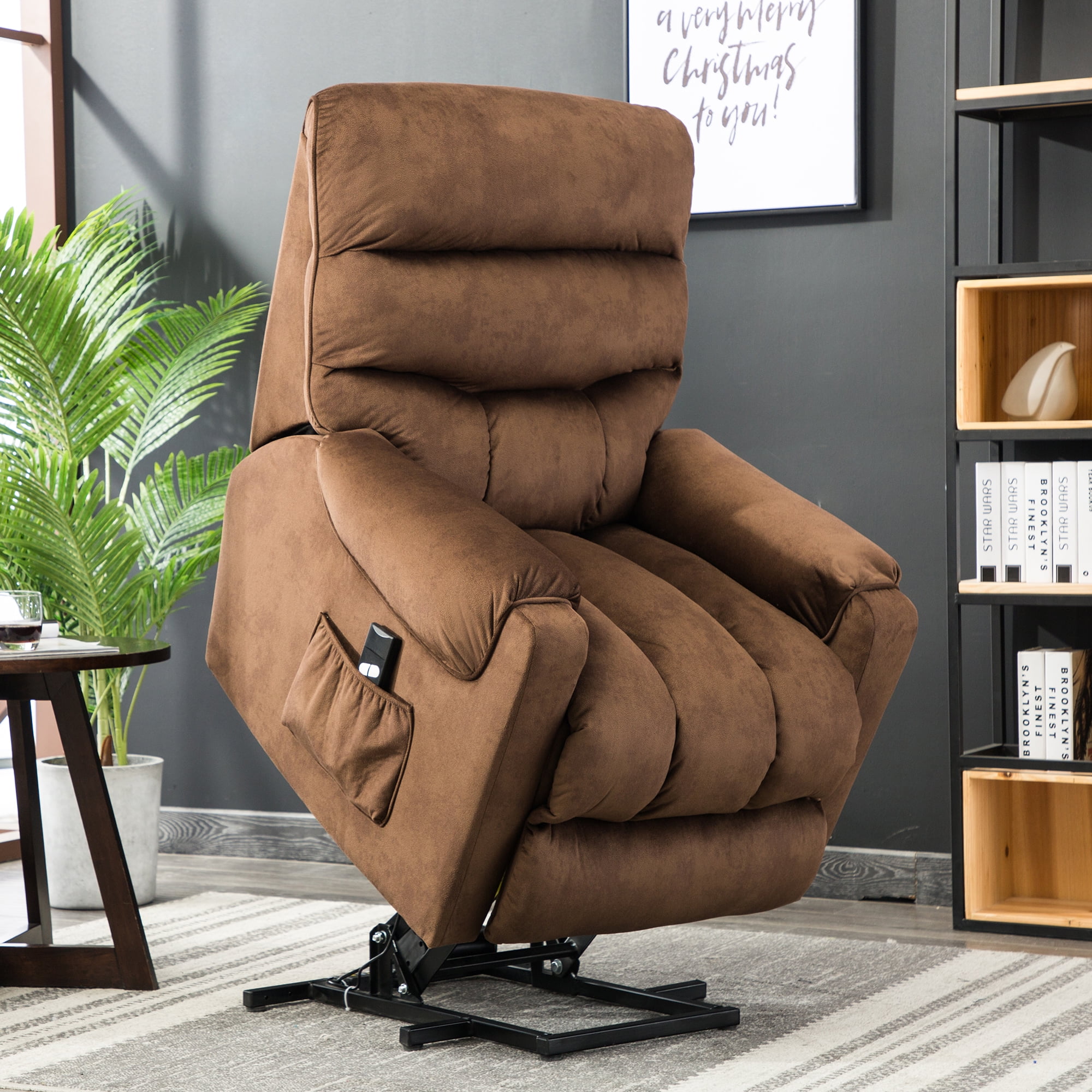Physical and Psychological Effects: Leaning Back In A Chair

Leaning back in a chair is a common posture that can have both physical and psychological effects. It can provide comfort and relaxation, but it can also lead to discomfort and even injury if done improperly. Understanding the potential effects of leaning back can help you maximize its benefits and minimize its risks.
Physical Effects of Leaning Back, Leaning back in a chair
The physical effects of leaning back depend on the type of chair, the duration of the posture, and the individual’s physical condition. Leaning back can affect posture, blood flow, and muscle tension.
- Posture: Leaning back can change your posture, affecting the alignment of your spine, neck, and shoulders. This can lead to pain and discomfort if done excessively or in an improper position.
- Blood Flow: Leaning back can affect blood flow, particularly in the legs and feet. This is because the position can compress blood vessels, reducing circulation. This can lead to swelling, numbness, or tingling.
- Muscle Tension: Leaning back can relax certain muscle groups, such as the back and neck muscles. However, it can also strain other muscles, such as the shoulders and hips, if the chair does not provide adequate support.
Psychological Effects of Leaning Back
Leaning back can also have psychological effects, influencing feelings of relaxation, comfort, and confidence.
- Relaxation: Leaning back can trigger a relaxation response, reducing stress and anxiety. This is because the position can promote a sense of security and comfort.
- Comfort: Leaning back can provide physical comfort, particularly if the chair is designed to support the body’s curves. This can reduce pressure points and promote a sense of well-being.
- Confidence: Leaning back can also boost confidence, particularly if done in a chair that is associated with authority or success. This is because the position can convey a sense of power and control.
Effects of Leaning Back in Different Types of Chairs
The effects of leaning back can vary depending on the type of chair used.
- Ergonomic Chairs: Ergonomic chairs are designed to promote good posture and reduce muscle strain. They typically have adjustable features that allow users to customize the chair to their individual needs. Leaning back in an ergonomic chair can be beneficial for maintaining a healthy posture and reducing back pain.
- Recliners: Recliners are designed for relaxation and comfort. They typically have a footrest that can be extended to elevate the legs, reducing pressure on the lower extremities. Leaning back in a recliner can be beneficial for promoting relaxation and reducing stress.
- Office Chairs: Office chairs are typically designed for sitting for extended periods. They may have adjustable features, such as lumbar support and armrests, but they may not provide the same level of comfort or relaxation as recliners or ergonomic chairs. Leaning back in an office chair can be beneficial for maintaining a healthy posture, but it may not be as effective for promoting relaxation or reducing stress.
Cultural and Social Connotations

Leaning back in a chair, a seemingly simple act, carries a surprising weight of cultural and social implications. The way we position ourselves in a chair, especially when we lean back, can communicate a range of messages, from confidence and relaxation to disrespect and indifference. This section delves into the nuances of these nonverbal cues, exploring how they are perceived in various settings and cultures.
Cultural Perceptions
The interpretation of leaning back in a chair can vary greatly across cultures. In some cultures, it is seen as a sign of relaxation and comfort, while in others, it may be considered disrespectful or even rude. For instance, in Western cultures, leaning back in a chair during a formal meeting may be perceived as casual and unprofessional. In contrast, in some Asian cultures, maintaining a more upright posture is seen as a sign of respect and deference.
- Western Cultures: In Western societies, leaning back in a chair is often associated with relaxation and informality. It is common in casual settings, such as at home or with friends. However, in professional settings, leaning back too far or with crossed arms can be interpreted as disinterest or lack of engagement.
- Eastern Cultures: In many Eastern cultures, leaning back in a chair can be seen as disrespectful, particularly in situations where authority figures are present. A more upright posture is often preferred as a sign of respect and attentiveness. For example, in Japan, leaning back in a chair during a business meeting could be seen as a sign of arrogance or lack of seriousness.
Symbolism of Leaning Back
The act of leaning back in a chair can also carry symbolic meaning. It can be associated with power, relaxation, or even defiance.
- Power: In some contexts, leaning back in a chair can be interpreted as a display of power or dominance. For example, a CEO might lean back in their chair during a meeting to project confidence and authority.
- Relaxation: Leaning back in a chair can also be a way to signal relaxation and comfort. This is often seen in casual settings, such as at home or in a coffee shop.
- Disrespect: In other situations, leaning back in a chair can be interpreted as disrespectful, particularly when done in a formal setting or in the presence of someone in a position of authority. For example, a student might be reprimanded for leaning back in their chair during a lecture.
Nonverbal Communication
Leaning back in a chair can be a powerful nonverbal communication tool. It can convey a range of emotions and attitudes, from confidence and relaxation to boredom and disrespect.
- Confidence: Leaning back in a chair with a relaxed posture can signal confidence and self-assurance.
- Relaxation: Leaning back in a chair with arms crossed or legs stretched out can suggest relaxation and comfort.
- Boredom: Leaning back in a chair with a slumped posture and a bored expression can signal disinterest or boredom.
- Disrespect: Leaning back in a chair with arms crossed or legs stretched out in a formal setting can be interpreted as disrespectful.
The simple act of leaning back in a chair can be a source of both comfort and concern. While it offers a moment of relaxation, prolonged leaning can strain the back, especially for professionals who spend hours on their feet.
This is where a nail tech chair with back support becomes essential, providing the necessary lumbar support and ergonomic design to prevent discomfort and promote proper posture. By investing in a chair that prioritizes back health, nail technicians can enjoy the benefits of leaning back without compromising their well-being.
Leaning back in a chair, the weight of the day seems to melt away. There’s a certain comfort in the familiar curve of the backrest, a sense of history that whispers through the wood. Antique channel back chairs, like those found on this website , embody this feeling perfectly.
They are more than just furniture; they are time capsules of elegance and craftsmanship, inviting us to lean back and experience a moment of quiet contemplation.